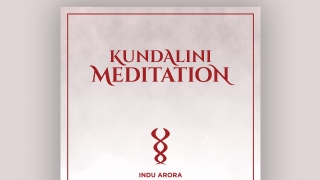
Yogis Glow
Yogis Glow is like magic dust for the skin. Made with 100% pure dried herbal ingredients.

![]() 3 minutes
3 minutes
No, and there are many differences between these two practices.
There are at the least 7 main differences between Kapalabhatti and Bhastrika in Yoga. Any manipulation of breath is often mis understood as a breathing technique. We often translate breathing techniques as pranayama. This is the beginning of confusion and spread of misinterpreted versions of practice. Let us draw out differences in seven points with clarity:
It is important that we understand these fine differences to receive maximum benefits from the techniques of Yog Sadhana.
Want to know more about Pranayama? Join me Pranayama Training, Starting June 20, 2025.
✅ CEU's from Yoga Alliance and IAYT
✅ Attend Livestream/Watch Replay
✅ Apply for Partial Scholarships and Installment Payment
✅ 50% off for Repeat Participants and Indian Residents
STAY IN TOUCH
Start your FREE subscription to Indu Arora's newsletter to get more on Yoga and Ayurveda here
Say hello on Instagram
Subscribe to my Youtube Channel.

Yogis Glow is like magic dust for the skin. Made with 100% pure dried herbal ingredients.

Did you know that the sacred swan (known as hamsa in Sanskrit) is the ride of Devi Saraswati, the Goddess of wisdom? Every year, 40 days before the arrival of spring on the 5th day (panchami) after the new moon marks the day of festivities in anticipation of Spring (Basant).

2 exclusive guided meditation on Kundalini and breath